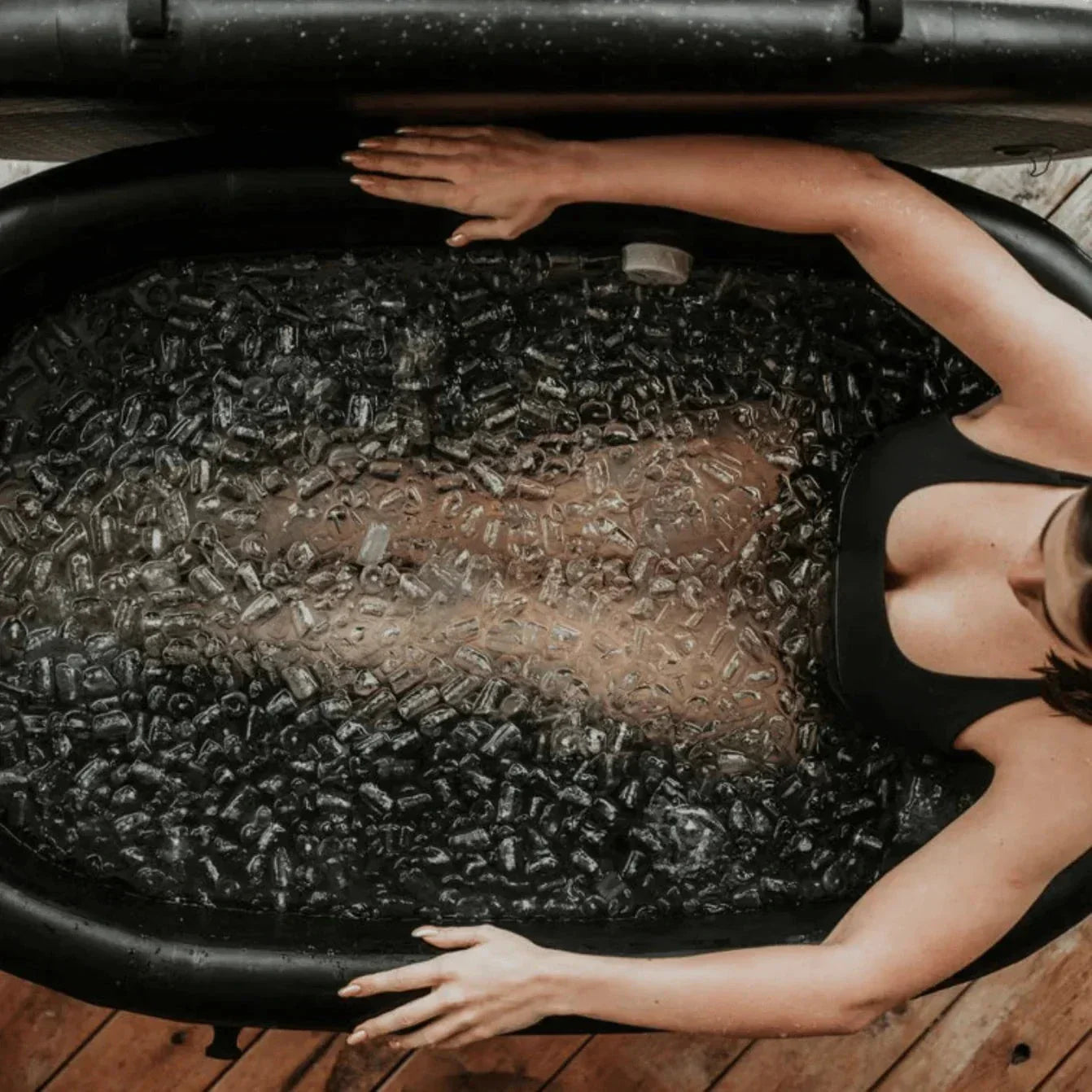Many people try cold baths to relieve joint pain. But does it really work? And what does the research say?
Let's cut to the chase...
What is joint pain?
Joint pain = pain, stiffness or inflammation in one or more joints.
Common in conditions such as
-
Osteoarthritis
-
Rheumatoid arthritis
-
Gout
-
Overexertion
-
Changes in age
It can hurt when you walk, sit, stand... even when you sleep.
The pain can come on gradually or suddenly, and is often worse in cold weather.
So why expose yourself to even more cold?
That's exactly what we're going to find out...
What happens in the body during a cold bath?
When you submerge yourself in cold water, several things happen immediately:
-
Blood vessels constrict - the body sends blood to the internal organs to keep you alive.
-
The nervous system kicks in - adrenaline, dopamine and noradrenaline skyrocket.
-
Inflammation is reduced - temporary cooling can reduce swelling and pain.
It's a bit like putting a big ice pack on your whole body.
Research: Do cold baths help with joint pain?
Yes - and no.
The science is a bit divided. Here's what we know:
✅ Cold dampens inflammation
Cold baths (or cryotherapy) have been shown to reduce inflammatory markers like CRP.
✅ Short-term pain relief
Many studies show that cold baths provide temporary pain relief, much like a painkiller.
❌ The effect is individual
Everyone reacts differently. Some get quick relief - others feel nothing at all.
❌ Not a long-term solution
Cold baths do not treat the root cause of joint pain. It is more like a "quick fix".
According to research published in the Journal of Inflammation Research (2014), exposure to cold can lower inflammatory markers such as interleukin-6 (IL-6) and C-reactive protein (CRP).
🔗 Bleakley CM, Davison GW."What is the biochemical and physiological rationale for using cold-water immersion in sports recovery?" Journal of Sports Medicine. 2010;40(6):381-386.
There's no way to know for sure in advance whether cold baths will help you with your joint pain - but there are some signs and factors that can give you a clue as to whether it's worth trying. Here's how you can think:
How do you know if cold baths can help with joint pain?
1. What type of joint pain do you have?
Inflammatory pain (e.g. rheumatoid arthritis, swollen and hot joints):
You may experience some relief, as cold dampens inflammation. But check with your doctor first.
Osteoarthritis (wear and tear):
Cold baths can relieve pain temporarily, but heat often feels better.
You can try both - sometimes the body likes contrasts.
Cold already hurts?
If cold weather makes you feel worse or makes you feel uncomfortable in everyday life - then cold baths are probably not for you.
2. How do you react to local cold?
Have you tried putting an ice pack on an aching joint?
If it feels good and the pain is reduced for a few minutes - then cold baths may be worth trying.
3. How is your general health?
-
Good blood circulation ✅
-
No heart problems ✅
-
You move around a fair amount every day ✅
Then the body is more likely to respond positively to cold exposure.
4. Are you open to trying several times?
Cold baths do not always have an immediate effect. It may take 3-5 attempts before your body relaxes enough for you to feel relief.
If you only try once and give up - then it's harder to know.
5. Can you combine it with movement?
The effect of cold baths is often best immediately afterwards.
If you can do light exercise, mobility exercises or gentle stretching exercises after the dip - then you can enhance the relief.
Cold bath + joint pain = Worth a try?
Yes, if you do it right.

